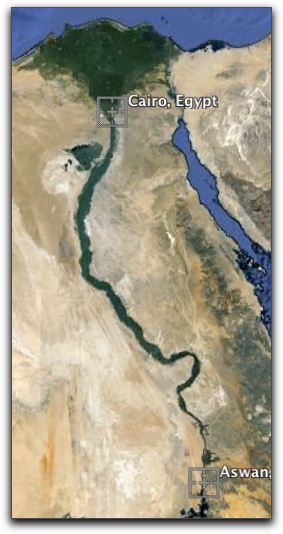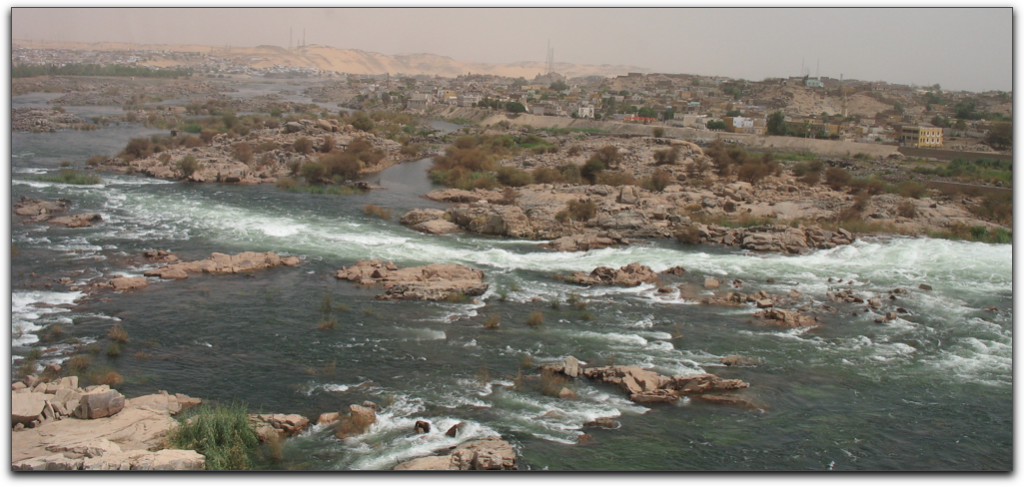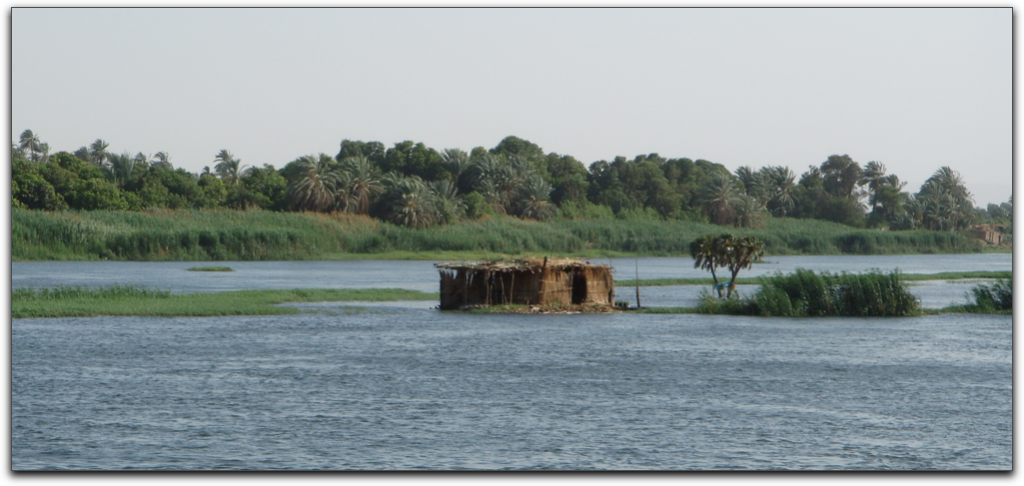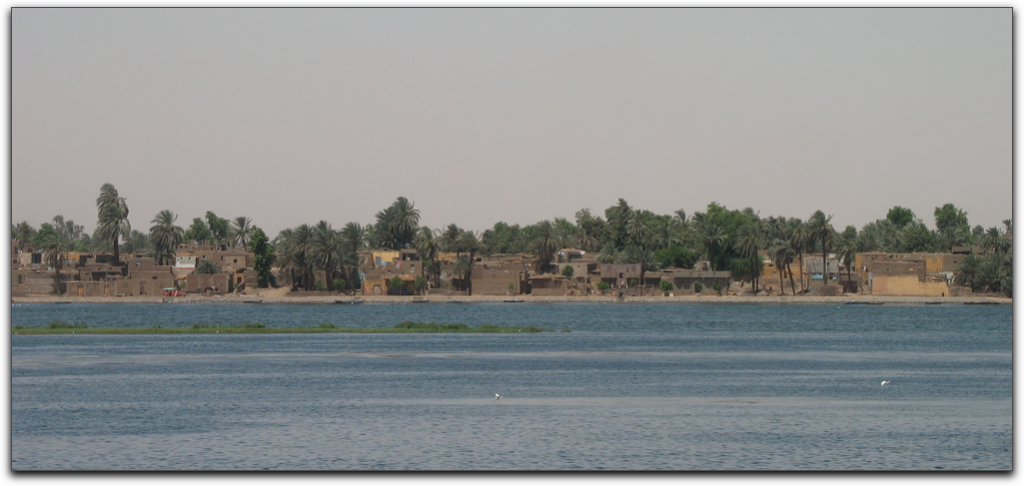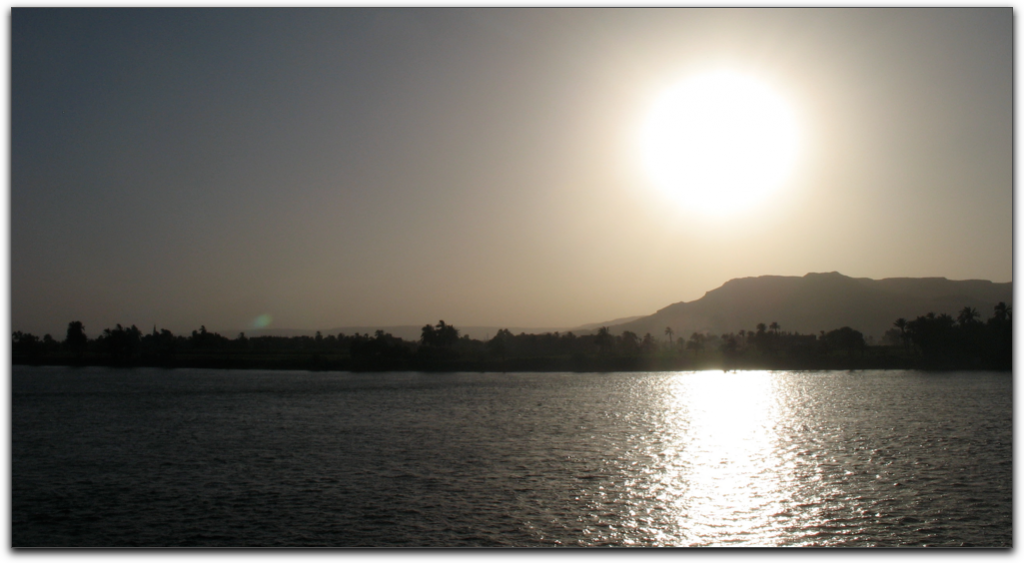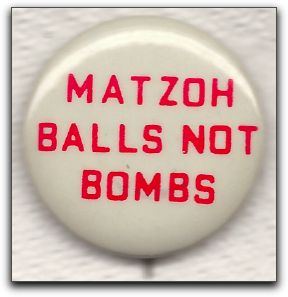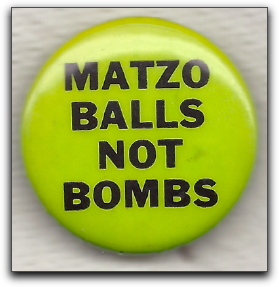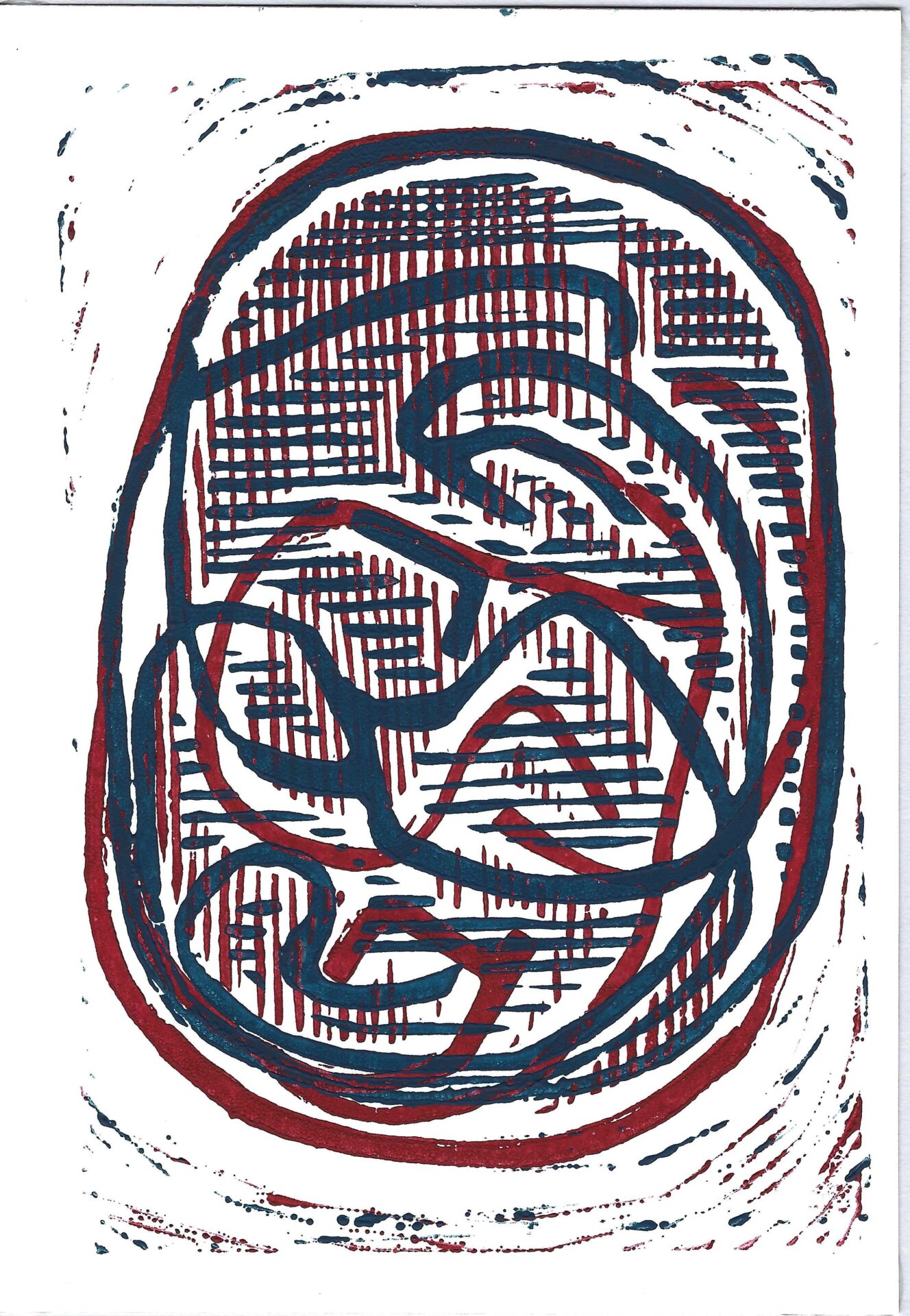a growing haggadah
We printed a private new edition of A Growing Haggadah last year [ 2010⁄5770 ] for personal use. We will use it again this year. If you are interested in having a PDF version of the text to print and use (in whole or in part) at your Seder you can download it here:
- A Growing Haggadah (for family use)
- A Growing Haggadah (for a community, multi-faith “model” seder)
- Experience A Growing Haggadah (in hypertext form, 2005 edition)
Many selections of this Haggadah along with portions of other Haggadot are available at Haggadot.com. You owe it to yourself to explore what appears there. At the same time, I am pleased to note that this Haggadah appears on the first page of results when searching for “Haggadah” at both Google and Bing. I express my deep appreciation to those who value the text enough to link to it on their own sites (causing this high page-ranking).
Longer fallow periods seem to occur between editions of this Haggadah now. The previous edition is six years old, the preceding edition appeared three years before that. While I remain fairly satisfied, I am not complacent. I made many changes following Seder 2001⁄5761 when Avigail and I visited Reed to see if she wanted to study there. The 2005⁄5765 changes (though small) are significant and were at her instigation. And then Avigail mentioned at the end of Seder in 2009⁄5769 that the time for a new edition had arrived and she wanted to help edit it. In recognition of her full participation in the task (both in writing, editing, and making other, often structural, suggestions), her name appears on the cover of our printed and current PDF version (and this year she celebrates in Jerusalem).
hurvitz’s humanist haggadah
As I wrote last year, this Haggadah is now a three-generation project. Its origin reaches back another generation. In 1989, a year after our return to California, I brought home to Poway the boxes Jay had labeled “Passover” and “Haggadah” then stored at 3909 Burnside Ave., Los Angeles. In those boxes were Haggadot and other materials Dad had collected beginning in the early ’50s. Some of those tidbits found their way into this Haggadah, other materials are buds of ideas that may bloom in a different Haggadah. This text has moved on. Dad’s garden was extremely fertile; his presence still hovers over this Haggadah. Actually, it might never have existed were it not for the HHH (Hurvitz’s Humanist Haggadah). When I last skimmed that work (now many years back) I noticed little of it still apparent in this one (at this point, hardly even the Neertza, though I have restored some of the “bitterness” he experienced). Mom’s last typescript of Dad’s final edition is dated 1968.
In 2009⁄5769 at this time of year, I shared a button related to “Let My People Go” and the movement to free Soviet Jewry. In 2010⁄5770, picking up from the struggle to free Soviet Jewry, I offered a song from that movement, “Фараону”, that we sing at our Seder each year after Yachatz before the Maggid. It’s a good song. It’s easy to learn. I encourage you to add it to your Seders.
Фараону
Фараону, Фараону говорю
Отпусти народ мой
Фараону, Фараону говорю
Отпусти народ мой
Отпусти народ Еврейский
На Родину свою
Отпусти народ Еврейский
На Родину свою
Отпусти народ, отпусти народ
Отпусти народ домой.
Faraonu, Faraonu gavaryu; Ahtpusti narod moy. (2)
Ahtpusti narod Yevrayskee; Narodyenu svayu. (2)
Ahtpusti narod, ahtpusti narod, Ahtpusti narod damoy.
To the Pharaoh, I say: Let my people go! Let the Jewish people go to our homeland! Let the people, let the people, let the people go home.
miriam’s well
Also last year I encouraged readers to expand their idea of Miriam’s cup. I prefer to use the image of Miriam’s Well and place a pitcher of water on the Seder table from which we all drink at the end of the Seder.
but this year we must think more about egypt
Last year I asked “who is Pharaoh?”. The classic Haggadah mentions Pharaoh only three times and refers to Moses only once. I am not shy about mentioning human action in my Haggadah. In fact, I hope that the process of pursuing the Pesach adventure goads us to action.
This year we are thrilled with admiration as we continue to watch the heroic struggles of the Egyptian people in their efforts to overthrow their contemporary pharaoh, Hosni Mubarak and his military apparatus. They reached beyond the straits of their situation and struggled for a true improvement of their society. Their struggle is not over. In fact, as I write this, Al Jazeera reports “Egypt army to ‘use force to clear protesters’ ”!
where is this place egypt referred to so often in the haggadah?
Is it the Egypt we know?
Yes, though only the name of the place is the same, the people have changed, ethnically, from when we were slaves there. In fact we are at peace and allied with the Egypt of today.
The Egypt of the Haggadah is more than a place, it is more than a nation state, it is a state of mind.
Our Hebrew word for that place is “Mitzra’yim” מצרים, that is: the straits, or narrows. The geographical Mitzra’yim is a pinched green strip of land in the midst of desert along the shores of the Nile River, which throughout history has provided the minimum 2.5 gallons of water per day to sustain the life of its 79 million inhabitants. The metaphorical Mitzra’yim is any restriction. Think of all the thirsts we have, and multiply.
From Aswan at the first cataract (to which the prophet Jeremiah “retired” after the destruction of Jerusalem)
downriver, north, to the modern bustling Cairo with a population of over 6 million, before the river opens into the Delta, the distance is approximately 550 miles; greater than the distance from San Diego to San Francisco, or about the distance from New Orleans, Louisiana… to Cairo, Illinois! Much of the countryside along the banks of the Nile still looks as it might have hundreds, if not thousands of years ago.
The people of modern Egypt have overthrown their contemporary pharaoh through primarily nonviolent means. There is still much work to be done, even though Ambassador Daniel Kurtzer in his remarks to the 2011 CCAR convention in New Orleans reported that among all the revolutions occurring in the Middle East now, he is most hopeful for the transformation of Egyptian society. We all share that hope, for, in the words of Merton Bernstein who responds to a review of Joseph Lelyveld’s new biography of Gandhi: “Nonviolence does not prevail everywhere in every setting, but only a few weeks ago it was a significant factor in the success of the Jasmine Revolution in Egypt.”
And so as we sit around our Seder tables this year, enjoying the meal that commemorates our own struggle for liberation from slavery in Egypt, we commit ourselves to act in solidarity with the contemporary Egyptians and their nonviolent struggle. We know that when these lapel buttons were produced in the late 1960s it was meant somewhat facetiously. Nonetheless, we trust and will work, so that the Egyptian people’s commitment to nonviolence will achieve the desired results.
|
|
|
|
|
| Date: | 1960s | 1960s | 1960s |
| Size: | 3.175 | 3.175 | 3.175 |
| Pin Form: | straight | straight | straight |
| Print Method: | celluloid | celluloid | celluloid |
| Text | MATZO BALLS NOT BOMBS |
MATZOH BALLS NOT BOMBS |
MATZO BALLS NOT BOMBS |
your lapel buttons
Many people have lapel buttons. They may be attached to a favorite hat or jacket you no longer wear or poked into a cork-board on your wall. If you have any lying around that you do not feel emotionally attached to, please let me know. I preserve these for the Jewish people. At some point, they will all go to an appropriate museum. You can see all the buttons shared to date.

